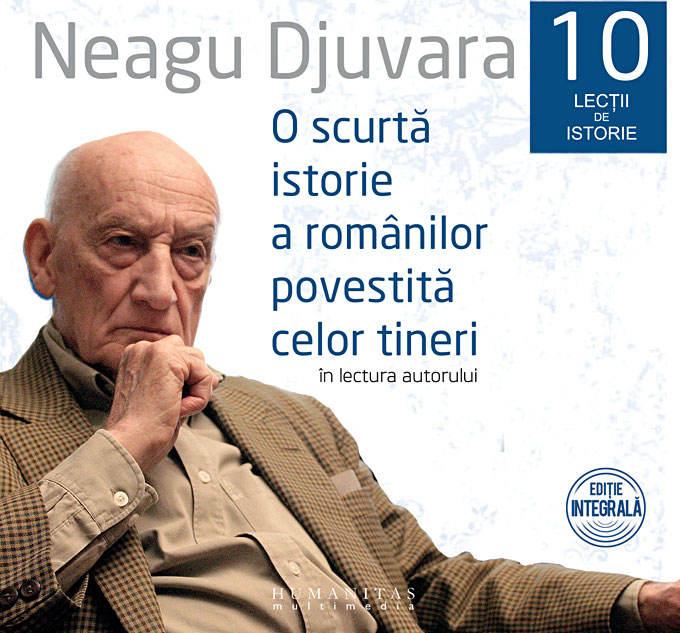
Finally, I analyse the shifts in musical tastes that took place in the upper layers of society as a complicated process of exclusion, inclusion and assimilation of various musical influences as we shall see, the mixing and hybridization of musical practices not only shaped the tastes of music lovers, but also influenced the creation of Romanian music, which entered a new phase.Ĩ ‘Plus de 80.000 individus qui sont absolument étrangers à la nation, étant la plupart grecs, arméniens, allemands, russes, juifs, serviens, bulgares, hongrois, transylvains, même français, italiens ou enfin de la race des Tziganes’. These decades of change yielded rich intercultural encounters and fusions, whereas the years that followed – from the 1870s to the outbreak of the First World War – show a more unified phase of assimilation of Western music.Īfter looking at the boyar class and the bourgeoisie of Bucharest (the social segment from which an opera- and concert-going public emerged in the last quarter of the century), I move on to the everyday musical practices of the population of Bucharest, using musical examples and travellers’ accounts as a descriptive means. It focuses on the period between the end of Phanariot rule (1821) and the establishment of Romania’s capital in Bucharest (1862). Momentan titlul A Brief Illustrated History of Romanians nu este disponibil însa vă puteți înscrie pentru a fi notificat în momenul reaprovizionarii.This article attempts to describe the shift in the Romanian public’s musical taste brought about by musical borrowings and imports from the West. Historical account - and hopefully, one not lacking in originality.Ĭomandă online A Brief Illustrated History of Romanians la 69,00 lei scrisă de Neagu Djuvara, tiparită la editura Humanitas face parte din colecția Seria Djuvara.

Together, the story and illustrations intertwine to form a new, enhanced Unexpected sources, often unknown to the public, accompanied by detailedĬaptions that complement the information provided in the text itself. The photographic discourse focuses on the most importantĭocuments, even if their condition is not optimal.įind images of pottery, jewellery and weaponry, some of them from Tragedies and sometimes even the common people going about their daily

Politicians – good and bad – their triumphs, tribulations or even Romania's princes and monarchs, their allies and their enemies, the To the modern age, the imagery becomes even richer and we get to know Warriors depicted in wonderful illuminated manuscripts. Like, or catch a glimpse of the world of barbarians and medieval

See how ancient artefacts discovered by archaeologists actually look With the addition of illustrations, the bookīecomes better and easier to understand: we are offered the chance to As readers will realise quiteĮarly on, Neagu Djuvara has the audacity to tackle some of the mostĭelicate and controversial issues in Romanian history under the guise of


 0 kommentar(er)
0 kommentar(er)
